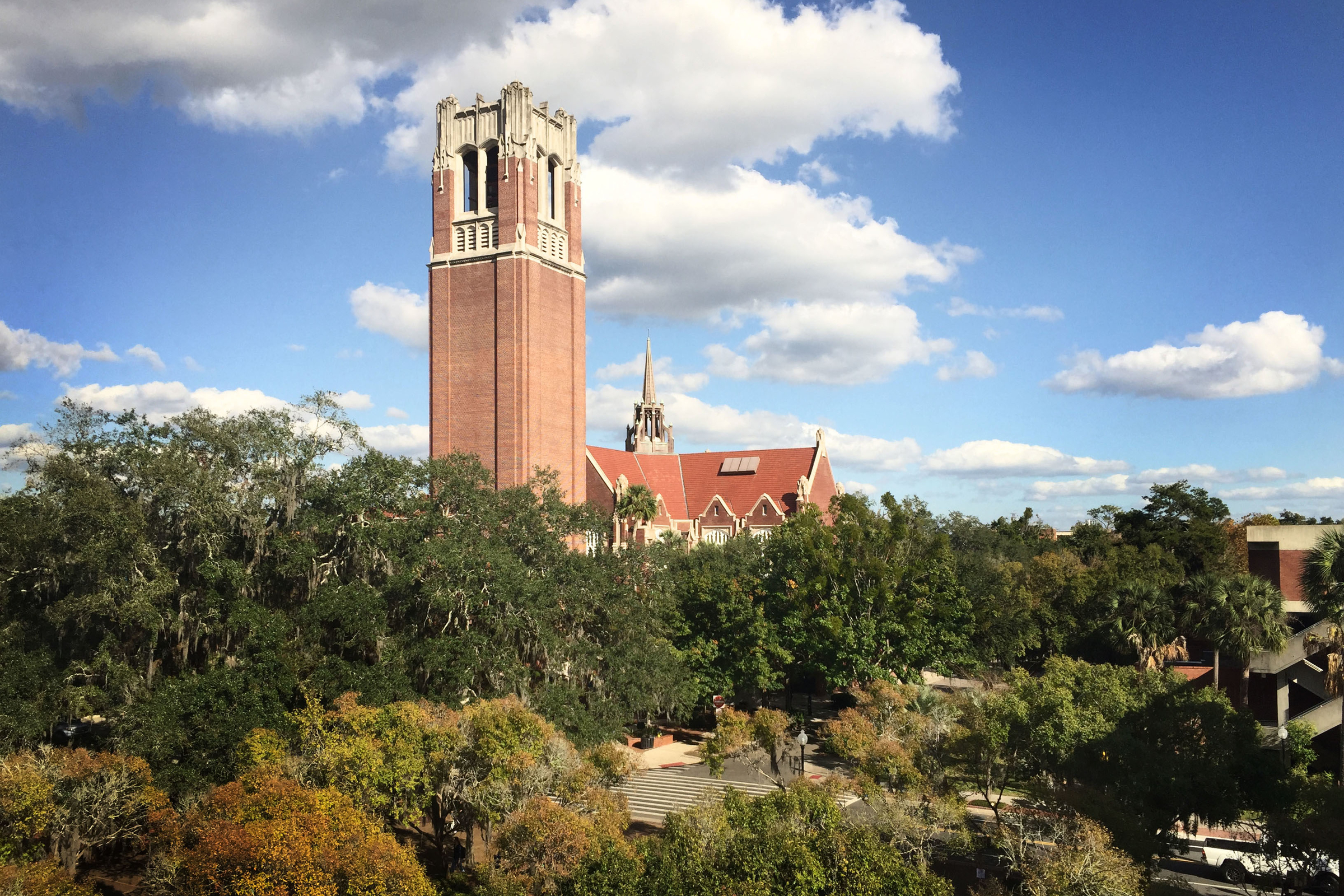Congratulations to Dr. Parisa Rashidi and Dr. Blanka Sharma for their recent award of tenure and promotion to associate professor! This recognition reflects Rashidi and Sharma’s scholarly contributions to the discipline, the department and the institution. The tenure process involves recommendation by the department, review by the Board of Trustees and approval by the Dean.
We appreciate their devoted work to educating the next generation of engineers!

Dr. Parisa Rashidi’s research aims to develop intelligent patient monitoring systems using artificial intelligence and sensing technology. Her research methodology is to develop scalable machine learning techniques to tackle challenging problems that arise in the context of intelligent patient monitoring systems. In the inpatient setting, her lab is working on transforming patient care in the Intensive Care Unit (ICU) by developing autonomous monitoring tools for incorporating granular and autonomous visual assessments, and for prediction of the acuity state of patients in real-time. In the outpatient setting, she is developing intelligent tools for monitoring cognitive and mental health of community-dwelling patients using wearable and digital sensor technology powered by machine learning.
 Dr. Blanka Sharma’s research program investigates fundamental material-cell interactions at multiple length scales to guide the development of targeted drug and cell delivery systems for applications in both regenerative medicine and cancer. At this intersection lies the dysfunctional inflammatory mechanisms that propagate tumor development as well as degenerative diseases like osteoarthritis. Sharma’s research seeks to understand the role of specific immune cells and inflammatory mechanisms in tissue pathology and develop therapeutic approaches to direct inflammatory mechanisms in a site-specific manner. For a given application, her group engineers biomaterials to enable therapeutic cells or molecules to overcome specific physiological barriers so they can successfully reach their tissue target.
Dr. Blanka Sharma’s research program investigates fundamental material-cell interactions at multiple length scales to guide the development of targeted drug and cell delivery systems for applications in both regenerative medicine and cancer. At this intersection lies the dysfunctional inflammatory mechanisms that propagate tumor development as well as degenerative diseases like osteoarthritis. Sharma’s research seeks to understand the role of specific immune cells and inflammatory mechanisms in tissue pathology and develop therapeutic approaches to direct inflammatory mechanisms in a site-specific manner. For a given application, her group engineers biomaterials to enable therapeutic cells or molecules to overcome specific physiological barriers so they can successfully reach their tissue target.
